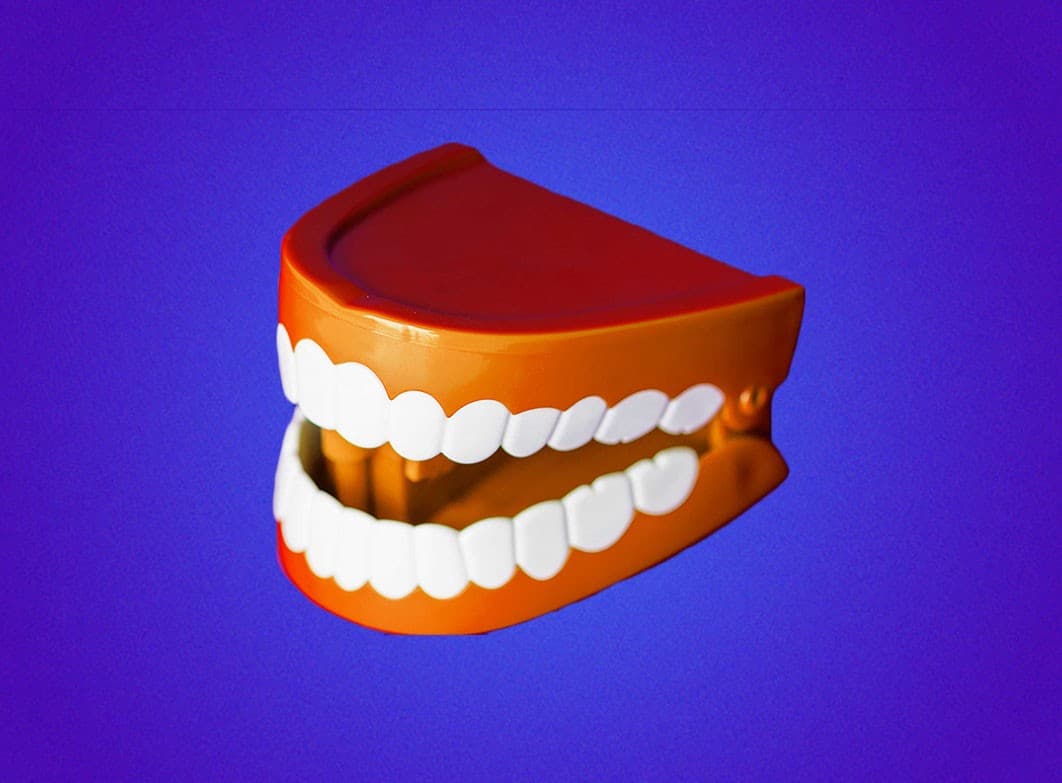

PORN - IS IT REAL?
As a porn performer, one of the questions I get asked most often is: Are the orgasms real? There seems to be an obsession with the authenticity of the performances in porn. Why is pornography treated differently than other films and what are the consequences of this fascination with the realness of sexual acts in porn?
April 15, 2017